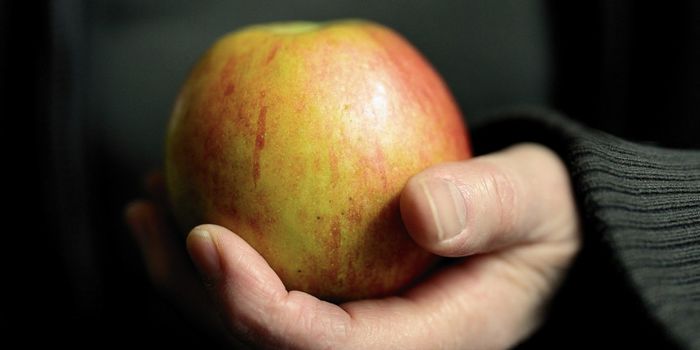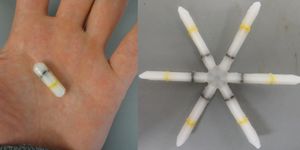Florida Livestock is Being Impacted by Screwworm Infections
A maggot-like creature known as a screwworm is currently infesting half of a dozen of Florida’s islands – the keys to the south – and Florida has declared a state of emergency as they have been known to infest livestock.
Image Credit: UJohn Kucharski/Flickr/US Department of Agriculture
Screwworm are a pest that can infect livestock, and unfortunately, there’s no effective treatment for the infections once they begin. The only thing livestock owners can do is meticulously care for their animals.
Once they get into an animal’s living tissue, they lay their eggs there and continue to burrow even deeper, eventually getting so deep that it impacts the well-being of the animal and could lead to diseases or death.
This isn’t the first time that screwworm has shown its ugly face in the United States; it was originally thought to have been eradicated in 1982 when years of efforts to remove the pest from a threatening status were carried out.
Unfortunately, it looks like it has made a pretty large comeback, and now it’s threatening the numbers of endangered deer throughout the region.
The state of Florida is currently combating the pest with the use of sterile flies; these are flies that have been treated with radiation in such a way that their reproduction process is disturbed.
All screwworm are larvae that eventually grow into flies and then mate with others to reproduce, so by releasing sterile flies into the environment, it’s thought that the real thing will attempt to mate with the sterile flies instead of others, reducing the chances that reproduction will be successful.
The sterile fly method has been approved by the USDA as an effective means of pest control and has been used on various pests since the 1950’s.
“This process is going to take about six months before they're going to be probably very sure that they've eradicated it,” says Phillip Kaufman, a veterinary entomologist at the University of Florida.
“Now the [deer] numbers are … going to progressively drop. But there are other things being done to assist the deer, such as trying to treat them with medications that are going to kill any fly larvae that might establish on them before they get too large.”
“There's a group [of deer] out here, sort of a subset of the population, that will come right up to you and eat out of your hand,” Eggleston says. “And that's something that we've always discouraged in the past, but right now it's kind of working in our favor in this emergency situation.”
So far, it sounds like the experts are doing what they do best, and with a little luck, they might be able to get things back under control.
Source: PRI









